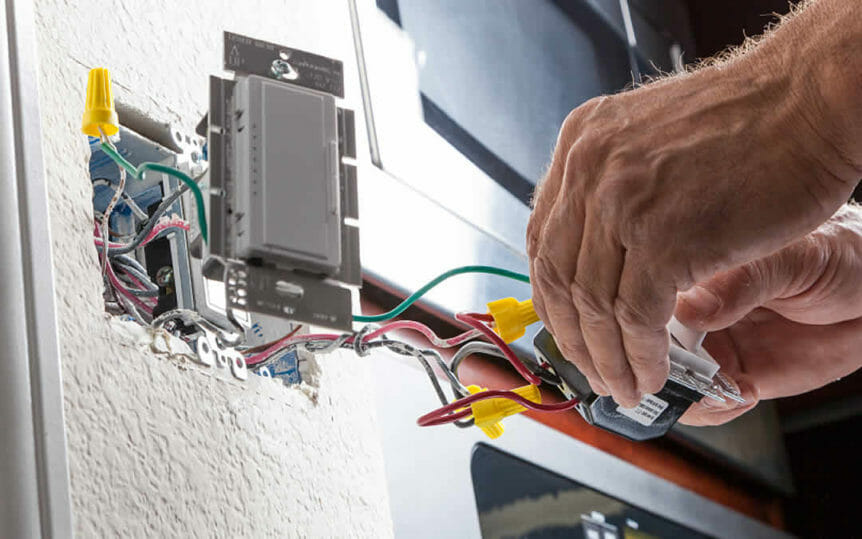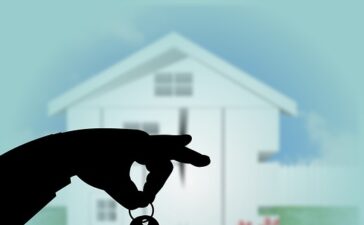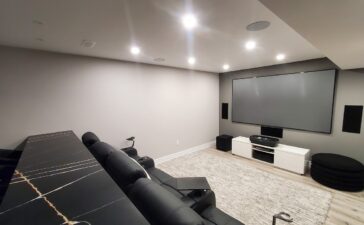If you’re like most people, you probably don’t think much about the electrical system in your home. After all, as long as the lights turn on when you flip the switch and your appliances run when you plug them in, everything must be working fine, right?
Wrong. Just because you can’t see or hear any problems doesn’t mean there aren’t any. In fact, many electrical problems show no obvious signs at all. That’s why it’s important to be aware of the most common electrical problems so you can spot them before they cause serious damage.
- Loose Outlets
Over time, outlets can become loose in their sockets. This may not seem like a big deal, but it can actually be quite dangerous. A loose outlet is a fire hazard because it can cause sparks that could ignite any flammable materials nearby.
To fix a loose outlet, simply tighten the screws on the side of the outlet. If the outlet is still loose, you may need to replace the entire outlet.
- Faulty Switches
Another common electrical problem is a faulty switch. A faulty switch can cause all sorts of problems, from flickering lights to complete power outages. In some cases, a faulty switch can even cause a fire.
To fix a faulty switch, you’ll first need to identify the problem. If the switch is simply loose, you can tighten the screws. If the switch is worn out, you’ll need to replace it.
- Exposed Wires
Exposed wires are another serious electrical hazard. Any time wires are exposed, there’s a risk of electrocution or fire. That’s why it’s so important to make sure all wires are properly insulated.
If you see any exposed wires, the best thing to do is call an electrician in Sandy or wherever you are located. They can properly insulate the wires so they’re safe.
- Outdated Electrical Panel
If your home has an electrical panel that’s more than 30 years old, it’s probably time for an upgrade. Older panels are not only less efficient, but they’re also more likely to cause problems.
If you’re not sure whether your electrical panel needs to be replaced, it’s a good idea to have an electrician take a look at it. They can assess the condition of the panel and let you know if it needs to be replaced.
- Tripped Breakers
If you’ve ever had a breaker trip, you know how frustrating it can be. Not only does it cause an interruption in your power, but it can also be difficult to figure out why it happened in the first place.
There are a few different reasons why breakers trip. It could be due to a faulty appliance, an overload of electricity, or even moisture. In any case, it’s important to have a professional take a look at your breaker box so they can identify the problem and fix it.
- Flickering Lights
Flickering lights are usually not a serious problem, but they can be a nuisance. If your lights are flickering, it’s usually due to a loose connection somewhere in your electrical system.
To fix flickering lights, you’ll need to find the loose connection and tighten it. This is a relatively easy fix that you can do yourself, but it’s always a good idea to have an electrician take a look so they can make sure the problem is really fixed.
- Frequent Power Outages
If you’re having frequent power outages, it’s a good idea to have an electrician take a look at your electrical system. There are a number of different things that can cause power outages, and an electrician will be able to identify the problem and fix it.
Common causes of power outages include loose connections, outdated electrical panels, and faulty appliances. In any case, it’s always best to have a professional take a look so they can prevent future outages.
If you’re having any problems with your electrical system, it’s important to have a professional take a look at it. These seven problems are some of the most common, but there are many other potential issues that could be causing problems in your home. An electrician will be able to assess the situation and make sure your electrical system is safe and up to code.







